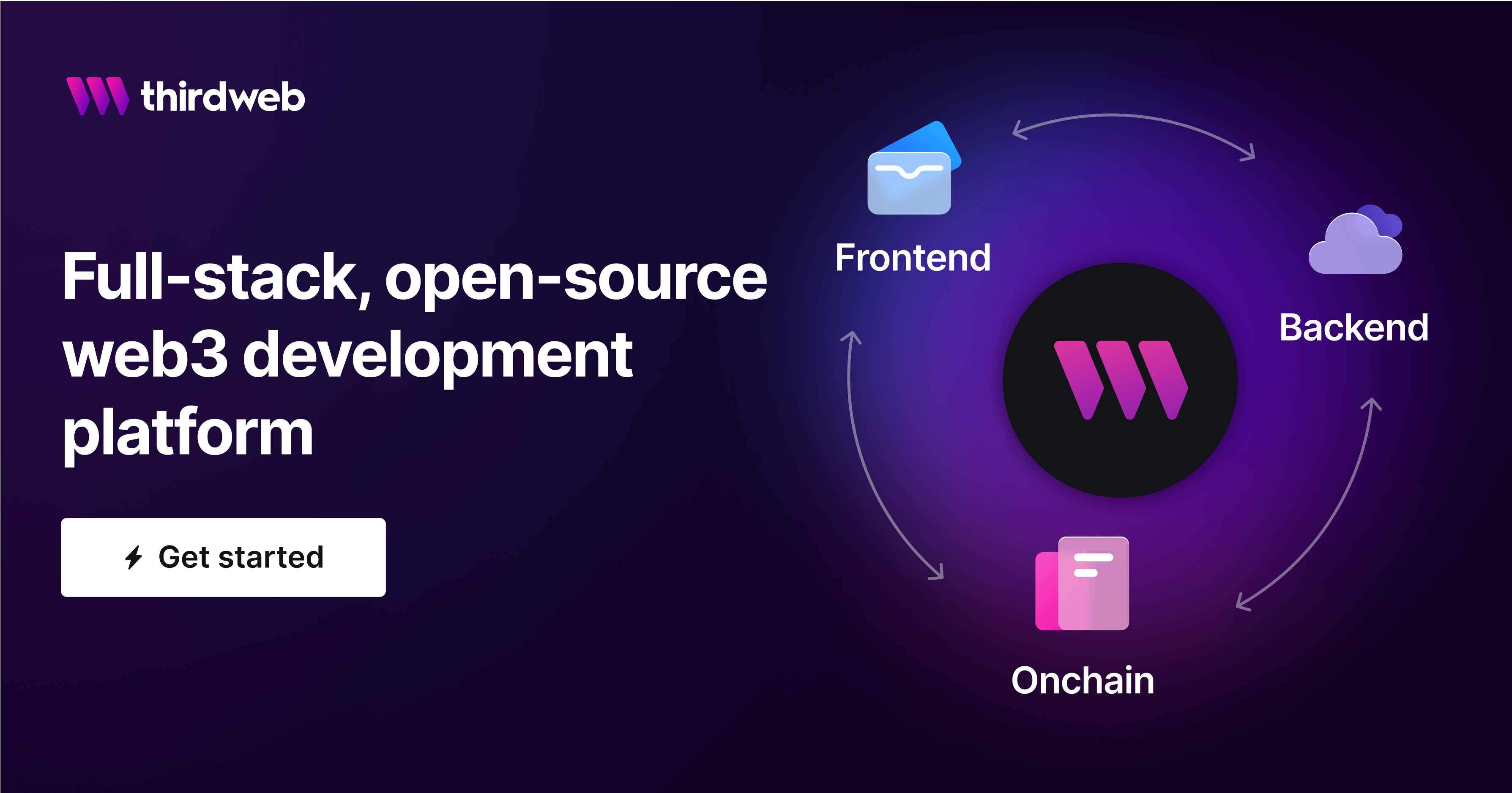What is Celestia? A 5-Minute Explainer

The path to onboarding millions of users to web3 hinges on addressing blockchain scalability issues. Current solutions are either 1. improve Ethereum with in-house upgrades like protodanksharding or 2. seek the help of modular networks that take computational efforts out of the mainnet.
In the case of Ethereum, scaling is mainly centered around rollups. However, the high data availability costs which are nearly 90% of the gas fees — limit the efficacy of rollups and other L2 solutions.
Enter Celestia — an off-chain data availability solution that decouples execution and consensus using rollups.
In this blog, we will explore how Celestia works, its advantages, and how it compares to other data availability solutions.
What is Celestia?
Celestia is a modular blockchain providing a dedicated data availability (DA) layer for rollups and layer-2 solutions. It specializes in ordering transaction data and keeping it available off-chain. Rollups can inherit Celestia's security without needing to onboard new validators.
By handling execution and settlement themselves while Celestia focuses on scalable data availability, rollups hyperfocus on other functionalities. Developers get to enjoy flexibility in custom environments, languages, and upgradability unmatched in monoliths.
How does Celestia work?
Celestia’s DA method involves the creation of sovereign blockchains with a shared-security layer. To make this happen, here are the major working components:
1. Data availability sampling (DAS)
Celestia employs light nodes for data availability and integrity, utilizing a novel approach called Data Availability Sampling (DAS). Light nodes perform random sampling, facilitated by a 2D Reed-Solomon encoding scheme, multiple times across different block segments.
Each successful sample boosts confidence in data availability by 50%, reaching a validity threshold of 99% for the entire block.
Think of it like this: There are two coins where one always lands on heads, and the other has a 50% probability of landing on heads or tails. You are given one of these two coins. Now, how do you figure out which coin you have? You keep flipping. You likely have the heads-only coin if the coin keeps landing on heads.
This approach to data availability is scalable. As more light nodes join the network to sample data, the block size increases, which allows for more throughput.
Source: Celestia docs
Namespaced merkle trees
Celestia serves as a rollup-agnostic DA layer by allowing rollup nodes to download transaction data that is relevant to them for execution and settlement. This partition of different rollup data on Celestia is done through Namespaced Merkle Trees (NMTs).
An NMT helps Celestia organize data into different categories called namespaces. Each namespace represents a data set associated with one application or rollup. The Merkle Tree is used to index the contents of the data set, and then the DA layer sends the application with the requested data and proofs.
Transaction lifecycle on Celestia
Now that we know the working components of Celestia, let's understand how a transaction on Celestia looks:
- Users initiate transactions: Users interact with dApps on rollups, initiating transactions, which are then formatted as "PayForBlobs" for submission to Celestia.
- Submission as PayForBlobs: Rollups package transactions with metadata, including namespaces and sender identities, submitting them to Celestia for data availability.
- Data availability processing: Celestia employs Data Availability Sampling (DAS), breaking transactions into blobs, and applies erasure coding for redundancy and recovery.
- Block construction and sharing: The erasure-coded blobs are batched into blocks, including state commitments, and propagated across Celestia's DA network.
- Sampling by light clients: Light clients and full nodes participate in sampling block shares, verifying data availability through statistical methods and fraud proofs.
- Consensus and block finalization: Once data availability is confirmed, Celestia's consensus network reaches finality on the block, ensuring the transactions' immutability.
- Notification and settlement on rollups: Rollups are notified of block finality, enabling them to settle transactions based on the state commitments provided by Celestia.
Benefits of Celestia for developers
Celestia, as a DA solution, abstracts a lot of developer headaches and makes web3 development simpler. In more detail, here are five benefits that Celestia offers:
1. Easy deployment
Celestia simplifies blockchain deployment through tools like Optimint, reducing costly consensus and operation expenses. Teams can leverage rollups-as-a-service providers like Caldera, accompanied by thirdweb's development kit for smart contracts, payments, and wallets.
2. Built-in interoperability
Celestia makes it easier for different rollups to work together by using secure trust-minimized bridges. This reduces fragmentation and gives birth to new kinds of cross-chain applications.
3. Highly customizable
Rollups on Celestia are self-sovereign, allowing developers to change the execution environment or block size by forking the chain. This flexibility enables the selection of alternative virtual machines, software languages, and transaction formats.
4. Cost savings
Celestia DA significantly saves data publishing costs for rollups. Even after EIP-4844 implementation with the Dencun upgrade, Celestia is still ahead by a wide margin. A recent example is Aevo, a crypto derivative L2. By replacing Ethereum with Celestia as the DA layer, Aevo is expecting to save nearly $1 million every year.
5. Minimal governance
Celestia's rollup governance operates independently of the consensus layer, allowing teams to add features autonomously. This minimizes the need for extensive social coordination typical in monolithic chains, providing agility in implementing necessary changes.
How Celestia compares to other data availability solutions?
Each DA solution has different design-level considerations that impact security, time to finality, and degree of decentralization. Based on these parameters, let’s compare Celestia with other DA solutions like EigenDA and Avail.
Future of Celestia & Data Availability for Blockchains
The future of blockchain architecture revolves around modularity. Giving back the power and flexibility to developers is the way forward. It shall give rise to custom, hyper-specific tech stacks for each type of blockchain application. Celestia is pivotal in this shift as a foundational DA layer for rollups.
As app-specific chains proliferate, foundational DA layers like Celestia are poised to capture substantial value, similar to AWS's role in the traditional internet. This also creates a market for rollups-as-a-service players like Caldera and Conduit, who shall further ease rollup deployment and management.

If you have any questions, join 40,000+ other builders in our Discord community or reach out to the team directly for more info on how to get started with building in web3.
